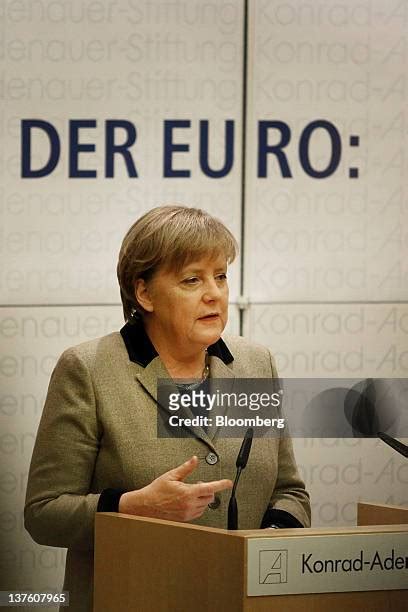Germany, often lauded as the economic engine of Europe, has found itself grappling with an unnerving phenomenon: stagnation. This term, which strikes fear into the hearts of policymakers and economists alike, refers to a prolonged period of little or no growth in economic activity. For Germany, this situation is not merely a fleeting downturn; it has evolved into a long slog that demands careful examination and understanding.
As we delve deeper into Germany’s ongoing struggle against stagnation, it’s essential to consider the broader context in which this economic narrative unfolds. The country emerged from decades of recovery following World War II to establish itself as one of the leading economies on the global stage. However, recent years have presented mounting challenges stemming from both domestic policies and international dynamics.
**
“The heart of Germany’s economy beats through its manufacturing sector,”
** says Dr. Helen Fischer, an economist at the University of Berlin. Manufacturing has historically been pivotal for German prosperity—think automobiles like BMW and Mercedes-Benz or industrial machinery made by Siemens—that drive exports worldwide. Yet even these titans have felt pressure from evolving global markets and trade tensions that disrupt supply chains.
Adding another layer to this complexity are demographic shifts within Germany itself. The nation faces an aging population that presents significant implications for labor force participation rates and productivity growth. **
“With more retirees than young workers entering the market,”** Dr. Fischer explains further, **“we risk seeing a decline in innovation unless we adapt our workforce strategies.”
**
In light of such concerns, many experts advocate for comprehensive reforms aimed at revitalizing various sectors across the economy. These proposed changes range from enhancing vocational training programs designed to equip younger generations with necessary skills to fostering innovation through increased investment in technology startups.
Despite these gloomy projections about stagnation persisting over time without intervention or strategy reformulation—the government isn’t entirely passive either. Initiatives intended to stimulate growth include infrastructure spending projects meant not only to modernize transportation networks but also create jobs while cooling down inflationary pressures seen within certain industries.
Moreover, investments focusing on renewable energy sources align well with Europe’s commitment toward sustainability—a move welcomed by future-minded businesses looking towards greener practices amidst rising environmental awareness globally.
Yet it remains crucial not just how much money is funneled back into these endeavors but also ensuring transparent execution aligned with long-term goals instead short-lived gains alone—something past experiences remind us should never be overlooked when navigating turbulent waters ahead!
Reflecting upon previous engagements highlights lessons learned through cycles experienced before: crises bring forth new opportunities alongside challenges faced head-on together collectively rather than divided! Positive outcomes often arise unexpectedly during times adversity strikes hardest—history teaches patience perseverance ultimately pave paths unforeseen potentials waiting discovery!
As we look forward into what lies ahead for Germany’s economic landscape beyond current complexities posed by stagnations—even brighter days surely await them driven determination creativity while cultivating resilience transforms uncertainties possibilities bloom landscape anew!

